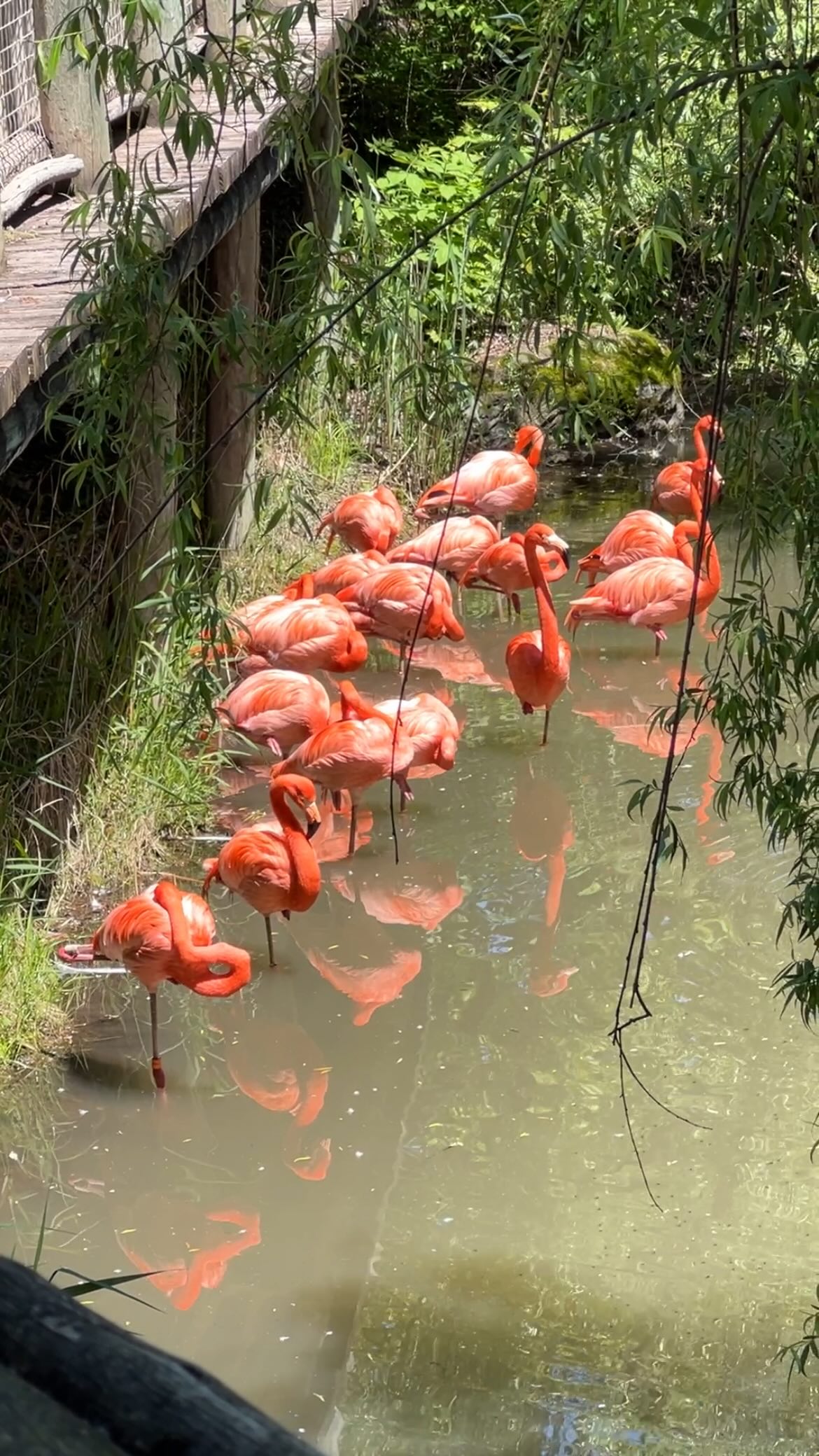- The return of Caribbean flamingos: significance and implications for local ecosystems.
- Conservation efforts and the role of zoo management in preserving flamingo populations.
- The biology and behavior of Caribbean flamingos in their natural habitats.
- The impact of public engagement and education on wildlife conservation efforts.
- Strategies for successful reintroduction and habitat management.
The return of Caribbean flamingos marks a significant milestone in wildlife conservation, sparking interest among zoologists and ecologists worldwide. These vibrant birds, known for their distinctive pink plumage, play a crucial role in their ecosystems. As they make a triumphant return to their native ponds, it is essential to explore the implications of their presence on local biodiversity.
Caribbean flamingos impact the ecological balance of their habitats. They are integral to the health of their wetland environments, where they engage in the control of aquatic invertebrate populations. Their foraging habits help maintain the quality of the water and contribute to nutrient cycling. The presence of flamingos attracts other species, fostering a rich biodiversity and enhancing the resilience of the ecosystem.
Critical to this narrative is the contribution of zoo management in safeguarding flamingo populations. Zoos have become sanctuary spaces for breeding and research, offering insights into the species’ health and genetic diversity. Managed breeding programs are pivotal in stabilizing population numbers, paving the way for reintroduction into the wild. These initiatives foster collaboration between zoological institutions and conservationists, ensuring strategic and sustained efforts.
The biology and behavior of Caribbean flamingos are subjects of fascination and study. These birds are not only known for their striking appearance but also for their social nature. Flamingos are social birds that thrive in large colonies. Their courtship displays and synchronized movements are both captivating and crucial for successful breeding. Understanding their dietary preferences, such as a diet rich in carotenoids, is key to replicating natural conditions within controlled environments.
Public engagement is an indispensable component of wildlife conservation. Increasing awareness about the importance of flamingos and the threats they face is essential for gaining support for conservation initiatives. Zoos and aquariums play a vital role in this effort, serving as educational platforms where visitors can learn about the significance of preserving these magnificent birds. Interactive exhibits and educational programs bolster interest and action towards conservation goals.
Implementing strategies for habitat management is integral to the success of reintroduction efforts. Ensuring suitable living conditions involves assessing wetland quality, addressing potential threats, and enhancing food availability. Habitat restoration projects aim to restore degraded environments, making them viable for flamingo populations. Engaging local communities in these initiatives ensures that conservation goals align with the needs of human populations.
Reintroducing Caribbean flamingos into their natural habitat is a beacon of hope for wildlife recovery efforts. Each phase of this process, from captive breeding to habitat restoration, requires a meticulous approach. Ensuring the long-term success and stability of these birds in their native habitats is a testament to the collaborative spirit and dedication of wildlife professionals around the globe. As these charismatic birds grace the wetlands once more, they symbolize the triumph of conservation efforts and the enduring need for environmental stewardship.
*****
Source Description
C’est OFFICIEL… nos flamants des Caraïbes font leur grand retour en beauté dans leur étang, prêts à colorer votre saison estivale! 🦩☀️ Découvrez comment se déroule cette sortie flamboyante! 🤩


